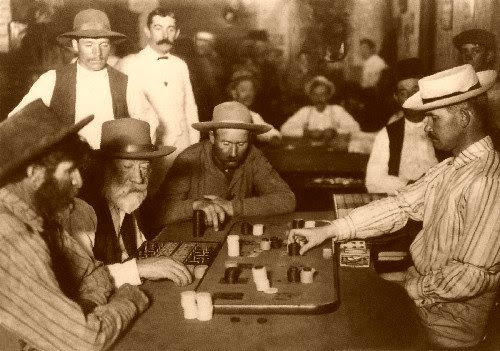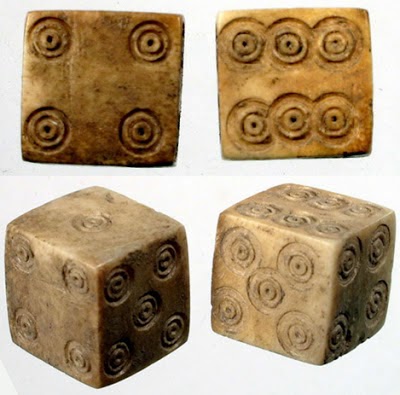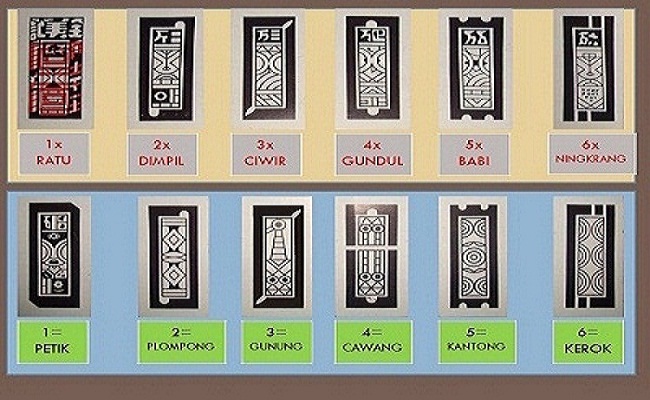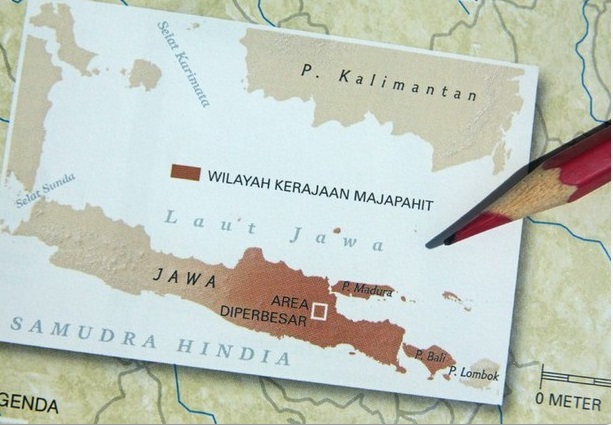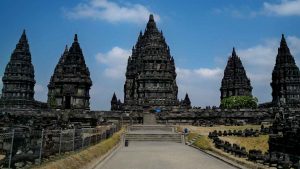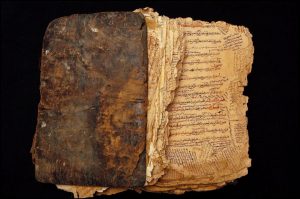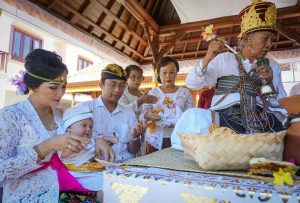Recently the destruction of gambling is being promoted by our police. Likewise raids on thuggery and prostitution. Gambling, thuggery, and prostitution are felt to be one of the “diseases of society” that do not cause a lot of anxiety, such as imprisonment or crime. In the past, criminal acts were not often associated with gambling and prostitution. So to minimize these crimes, the peace apparatus always collaborates with gamblers or gamblers (gambling supervisors) and pedestrians (prostitutes).
Unfortunately gamblers and pedestrians are only recited briefly with royal officers who are more involved in the community, like tax officers and judicial officers, so you do not know what the role of gamblers and pedestrians is at that time. In this article, Jaypoker.com as the most trusted agen poker terpercaya in Indonesia want to digging this unique culture. Uniquely, the designation of gamblers and pedestrians is only on inscriptions found in East Java.
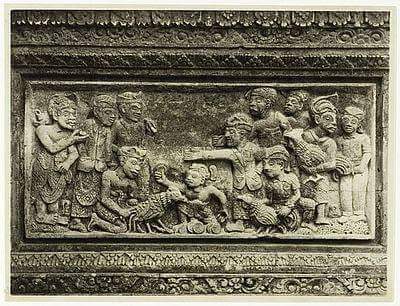
Ancient sources that reveal gamblers and peddlers include the Kuti Inscription (840 AD), Kancana (860 AD), Waharu I (873 AD), Barsahan (908 AD), Kaladi (909 AD), Sugih Manek (915 M), S unemployment (928 AD), Cane (1021 AD), and Hantang (1135 AD). Based on the information from these sources, restrictions, gambling, prostitution, drunkenness, and the like are among the forms of thuggery. To anticipate these negative actions, the authorities form a book on criminal law. What is very well known is the Kutara-Manawadharmasastra Book. This book then became the basis of Majapahit Legislation.
The application of the two books was a great success thanks to the ability of the executors, namely Raja Hayam Wuruk and Patih Gajah Mada. Both can carry Majapahit as a peaceful and prosperous country for decades.
Spoliation
Crime which at least revealed inscriptions, especially from the Hindu Mataram era, was a crackdown and murder. The relatively wide length is pronounced in the Balingawan Inscription (891 AD), as has been stated by Boechari’s epigraph (deceased), as follows: For a period of time the people of Balingawan village often felt uneasy because they too often paid fines on rah kasawur and wanke kabunan. Rah Kasawur is a bloody fight, while wanke kabunan are corpses exposed to dew. That is to say a murder that occurred at night then the body was thrown so that it was exposed to dew in the morning.
But the perpetrator of the fight and the murder is unknown. Time and time again the villagers found blood scattered and a corpse lay in the Gurubhakti moor in the morning. Because the moor is in the Balingawan district, it is the people of the village who must be responsible and pay the fine.
Various types of durians are generally in the element of an inscription called sukhaduhkha, which roughly means all bad and good actions in society. For example wakcapala (cursing others), hastacapala (fighting), mamuk (rampaging rampage), and amungpang (robbing, robbing, raping).
The existence of a problem of redemption can also be interpreted from the Mantyasih Inscription (907 AD). Because of that, Rakai Watukura Dyah Balitung handed over the gift of sima (the land that was drafted) to five patih in Mantyasih alternately. They are considered meritorious because they have filled the demand of the people of the village of Kuning in order to maintain peace in the streets. Since their existence, the people in Kuning village feel no longer afraid.
The same thing was revealed by the Kaladi Inscription (909 AD). Once there was a charcoal forest that alienated the villages of Gayam and Pyapya so that the residents of both villages became frightened. This is because the villagers always get an attack from Mariwung which creates the merchants and fishers feel anxious and anxious about their safety day and night (M. Boechari, 1986).
In the Hindu Mataram kingdom there was even a group of people who often disturbed peace (samahala). The Rukam inscription (907 AD) alludes to this, “… All the farmers of the village of Rukam requested protection for the monastery in Limwung against people who had not infrequently disturbed the security of the region …” (Titi Surti Nastiti et al, 1982).
Other forms of vain are informed of the Kamalagyan Inscription (1037 AD). This might be an ancient style sabotage. “… There is a group of people who want to destroy the dam that just passed. Even though the construction of the reservoir was carried out with community self-help and interference by the king …, “the excerpt was taken.
The case of pencopetan was proposed by the Wulig Inscription (934 M) and Baru (1030 AD), namely about picking up fish on the dam and picking up plants in the garden.
Fine
There is a crime, there must be a punishment. But until this time the inscription had not yet pronounced the amount of punishment imposed on the perpetrators. Only at a glance, the Wuatantija Inscription (880 AD) wrote that they were subject to fines in the form of … mas muang wuru wuruan 2 i one year …
Some inscriptions such as Waharu II (929 AD) recite a sentence in the form of a curse. The violator of durjana was sworn in so that his feet were hit by rotten mines, died of edema (enlarged stomach), went to five tribulations (pancamahapataka), suffered epilepsy, and got embarrassed.
The curse and oath were issued by the Wukayana Inscription (the number of the year was broken). Whoever dares to disturb sima in Wukayana is like a chicken head that has broken from its body and will not return. Like eggs that have been crushed, they will not return to intact again. If the person goes to the forest to snake a snake. When going to the fields to be struck by lightning even though it doesn’t rain. When you come to the river to be entangled with aquatic animals.
About legal awareness, people used to be worthy of imitation. They don’t judge themselves like today. The criminals must be brought to court, the rules. That’s where it is determined whether the criminal is charged with a fine or must be punished by the body. The amount of fine also varies. If you do anjarah (robbing), you will be fined 20,000, while if you have a maximum of 160,000. Whether or not the unit is known.
The fine, according to the information from archaeologist Slamet Pinardi (1986), was also imposed on a group of people (people who killed a husband and wife during the night to get their property) and ambaranang (people who burned houses in a village and residents who ran to outside killed).
The application of legal books in the past was the most stringent. This can be witnessed when Queen Sima shaves the child’s leg because she has violated the royal law. Even though all the ministers had asked for relief, still Queen Sima did not budge with her decision. We who live in the present, should have hard laws like those in Majapahit and rulers who don’t look like the Queen Sima.
